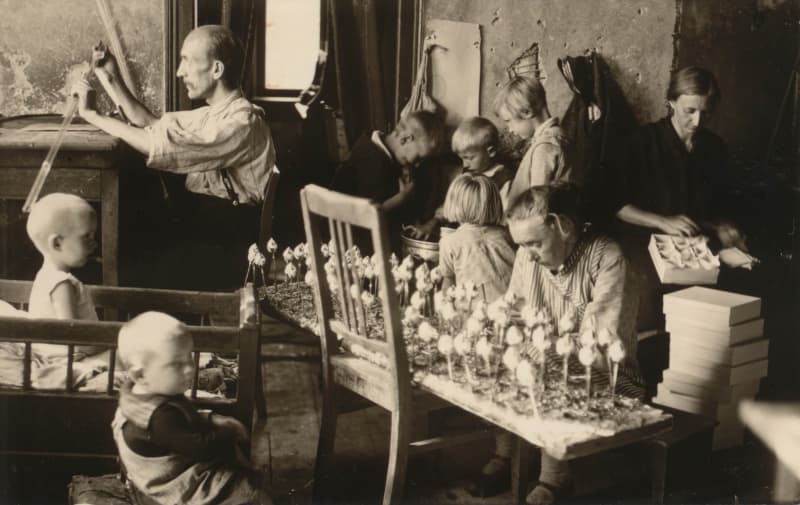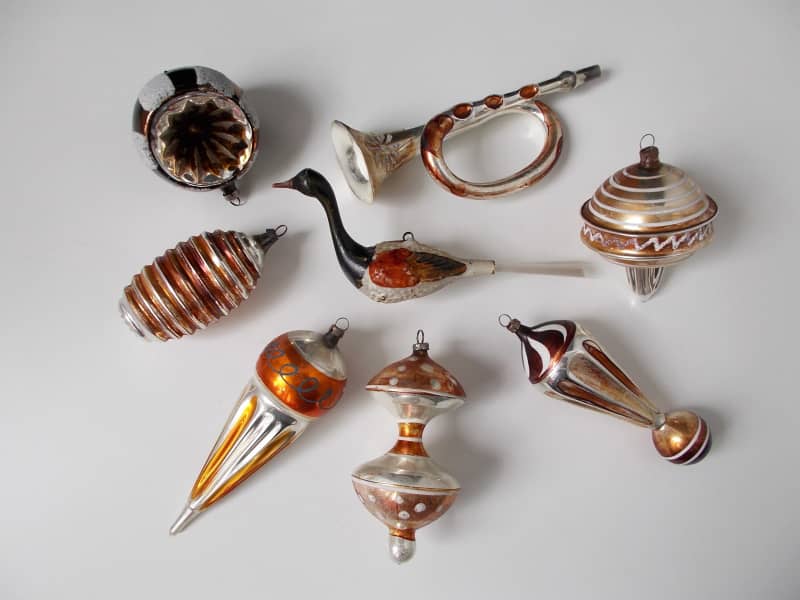
Glass decorations blown in a small German town draw people in the Christmas spirit to the museum on Riihimäki. Fragile decorations have also awakened the spark of collecting.
They are very thin, light, beautiful, colorful and really breakable. Namely, the German fir ornaments made in the home workshops of the small town of Lauscha, which are known all over the world.
And indeed, at the sales counter in the lobby of the glass museum, there is for example the body of a woman in a bikini for sale, to put on the Christmas tree.
Until the end of the year, Lauscha’s Christmas decorations are on display in the *Lauscha to the world* exhibition at the glass museum.
In poor conditions, the whole family participated in making decorations
Lauscha is located in the state of Thuringia, in the eastern part of Germany, where glass has been produced since the end of the 16th century. The families living in the deep valley first specialized in making glass beads, which were later used to make decorations for the Christmas tree.
– The men blew and the women silvered, painted and packed the products, Uta Laurén says.
Children also worked in home workshops, as bread was tight in the area.
From the end of the 1800s, Lauscha decorations were sold all over Europe and America. The success was boosted by European royal houses, nobles and burghers who fell in love with the decorations. The breakthrough to the world came through the Woolworths store chain.
– And they went there like hot stones. It became a really big customer for Lauscha, who bought a lot of stuff, says Laurén.
Nowadays, very thin glass Christmas decorations are also made in the Czech Republic, Poland, the USA and Japan.
In Lauscha, home industry has shrunk due to competition. The glow of the gas lamp can no longer be seen from the windows of every house. Making decorations is increasingly focused on workshops that sell their products worldwide and in large quantities.
In the Glass Museum of Finland, museum professionals are interested in the simple manufacturing technique, which has remained more or less the same throughout.
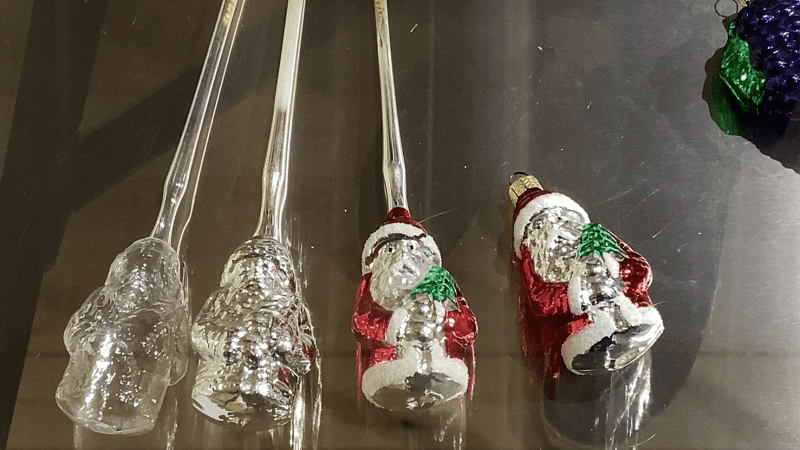
In the production, thin glass sticks are used, which are heated with a gas flame and blown into a bubble shape. Then the heated glass is blown open a little more and placed in a metal mold, where for example a bird, Santa or fruit is born.
Glass Christmas tree ornaments are interesting again
Lauscha’s exhibition is already the third time that the Finnish Glass Museum presents delicate and colorful spruce decorations.
There seems to be interest. About 6,000 guests visited the museum in November. It’s the best number for November in years.
Glass Christmas tree decorations made in Lauscha and elsewhere are sold in the museum’s shop, especially during Christmas.
The local Finnish-German association has also made the decorations familiar to the people of Riihimäki, who have sold them to the townspeople at their own Christmas market.
– My fir tree has old-fashioned models. I like that the decoration is made in the old fashion, Uta Laurén admits.
For some, mouth-blown, hand-painted balls and decorations using Lauscha’s gas flame have also become a collector’s item. Glass decorations seem to be making some sort of comeback.
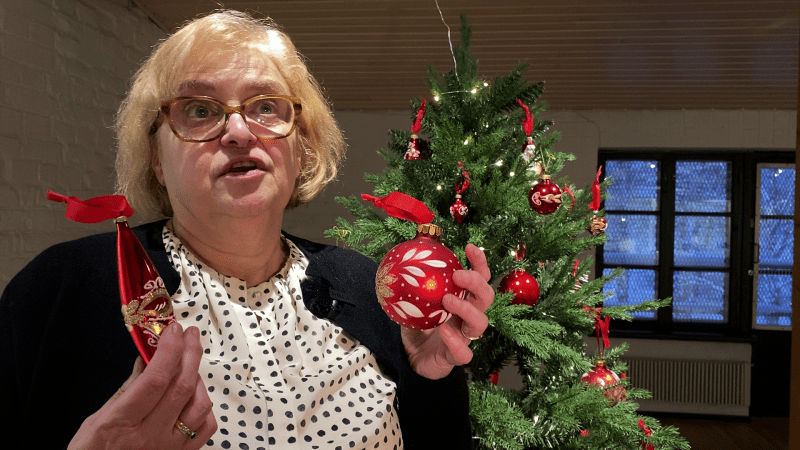
– In a certain sense, these are dangerous collectibles because they break easily. Then you have to decide if you dare to put them up or not, Laurén laughs.
A rarity received from an emigrant family made it to the exhibition
– I like special glass decorations. For example, I have a hamburger and a Taalainmaa horse.
This year, Sundberg bought Christmas decorations made in Lauscha from the museum store. An owl, a cuckoo clock, a hyacinth and a mushroom caught on.
One special item from Isabella Sundberg’s collection qualified for the glass museum’s exhibition. It is a modest-looking glass basket the size of a couple of thumbs.
Uta Laurén recognized it as being made in Lauscha and knew based on the way it was made that the spruce ornament was made sometime at the end of the 19th century. Nothing similar could be found even among the objects in the Lauscha museum.
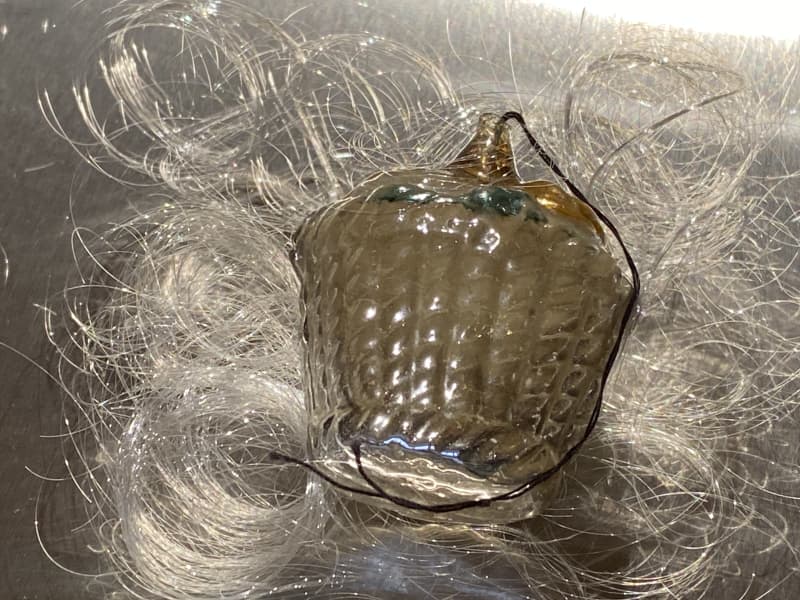
Tekla Nyberg had worked as a maid in an emigrant family, where old decorations were donated to the servants when it was time to get new ones.
And will the collected glass decorations hang in Sundberg’s Christmas tree?
– I protect them. The children, the cat and the dog know not to touch the Christmas tree and decorations.
Below you can watch a TV story on the topic published on 22 December 2022.
*You can discuss the topic until 23:00 on Monday evening, 26 December 2022.*

